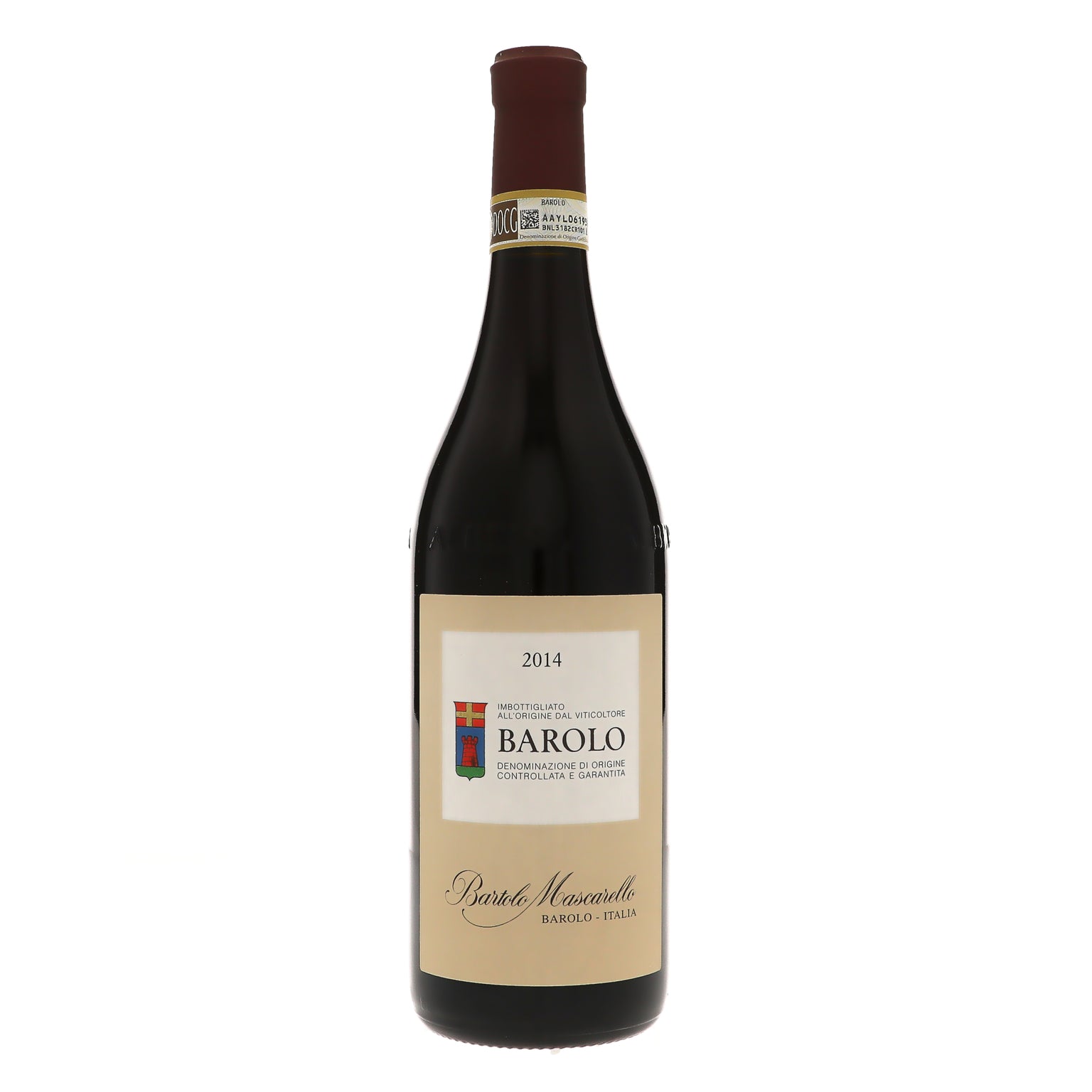Bartolo Mascarello
Add to Favorites
Please Log In
Log in or sign up to add this producer to favorites.
9 products
Where to begin? Even for many of us reared in fancy French restaurants, one gorgeously classic Italian label always seemed to resurface again and again, striking in its simplicity but unrivaled elegance - and that's just the actual exterior label. What lies inside of a Bartolo Mascarello bottle is even greater to behold: giving and supple enough to enjoy shortly after release, yet undeniably structured and classy to deserve several decades in the cellar.
Still labeled as "Bartolo", the famous Cantina Mascarello is today run by the inimitable Maria Teresa Mascarello, Bartolo's daughter who has continually raised both the profile and quality of the wines after her father's passing.
Bartolo's grandfather had helmed what was known as the Barolo Co-Oprative Winery, and after its closure and the following World War I, his son Giulio decided to bottle his own wines - an extreme rarity for any wine region at that point. Bartolo took the helm and worked alongside his father from 1960-1981 when Giulio passed away. Bartolo's impact went far beyond that of merely creating indescribably delicious and timeless wines, rebelling against the movement toward new-wave winemaking (as well as the corrupt leadership of Silvio Berlusconi). His hand-drawn "No Barrique, No Berlusconi" labels became a special collectible for those in the know, as they would be randomly slipped into containers on release.
Maria Teresa's reign began in 2005 following Bartolo's passing, and she has continued the tradition that truly is unrivaled. While she crafts delicious "lunch wines" like the Freisa, Dolcetto and Barbera to drink early in their lives (or age!), the true treat is the Barolo - and it is "the" - always a blend from their 5 hectares of vineyards in Canubbi, San Lorenzo, Rue and Rocche di Annunziata. The occasional Riserva is produced, but since the late 70s there have been no vineyard-designated cuvees.
Winemaking is highly traditional: all vineyards are co-fermented in large concrete tanks with native yeasts. Through the fermentation and for 30-50 days thereafter, a traditional submerged-cap maceration is performed, followed by pressing with a traditional basket press. The wines will then age in Slavonian Botti (large casks, 25-50hL) for about 30 months, bottled in the July 3 years after the harvest.














